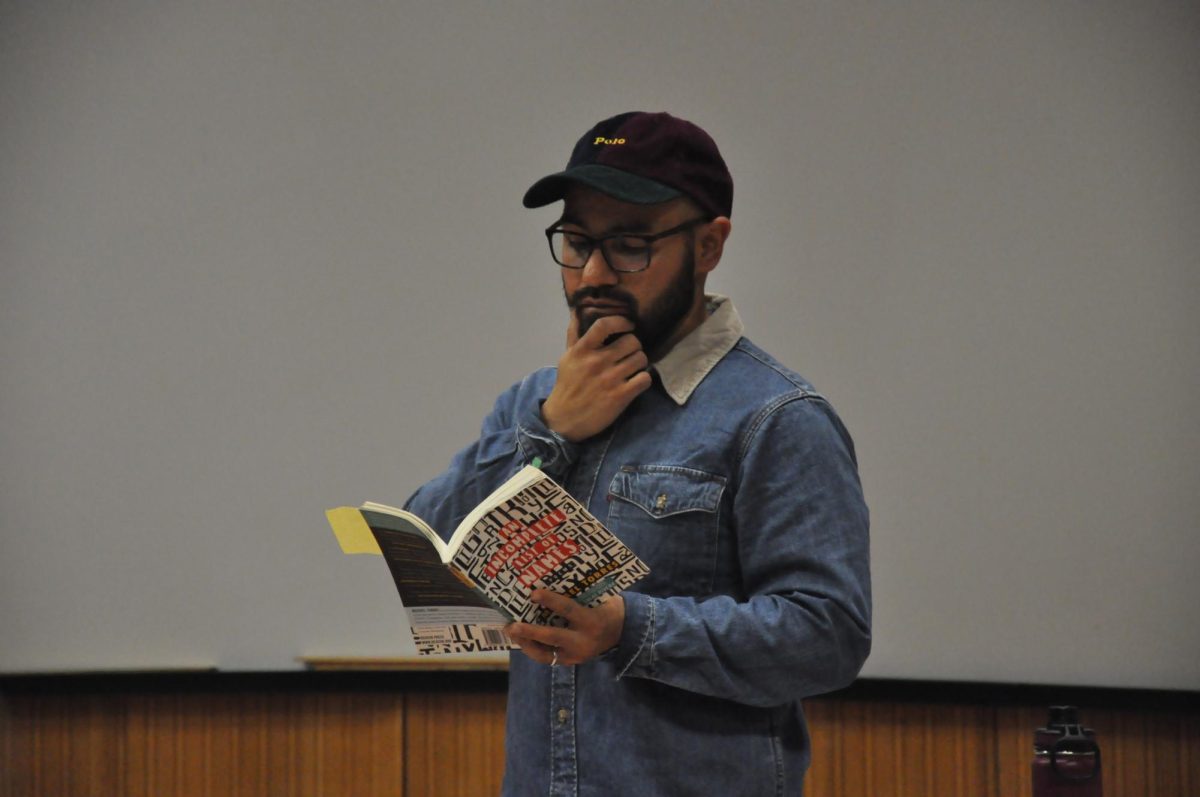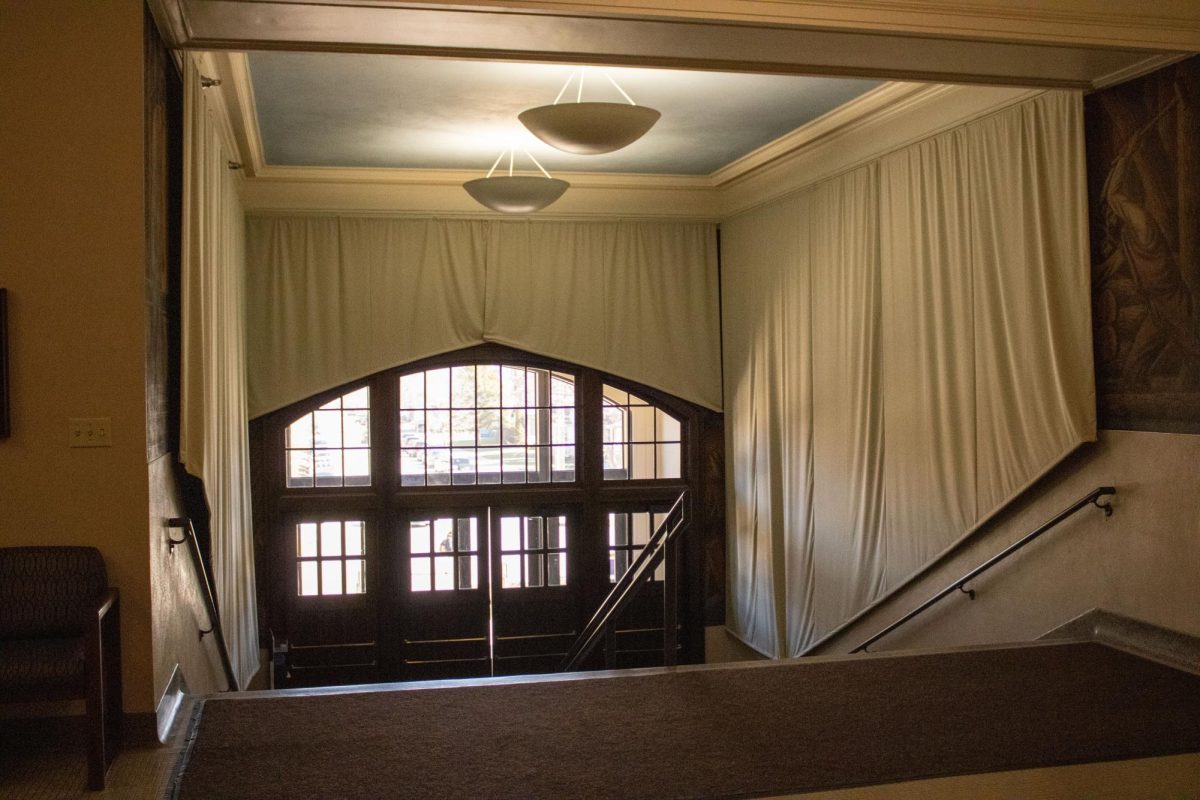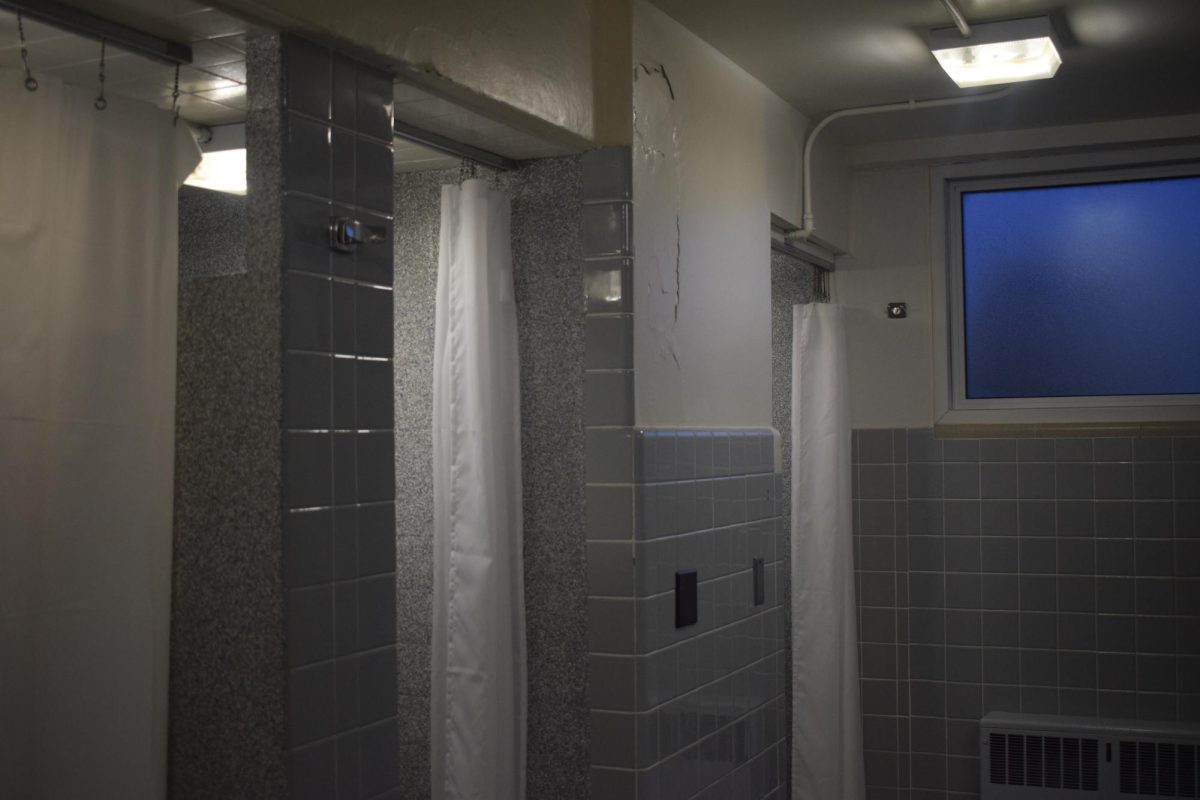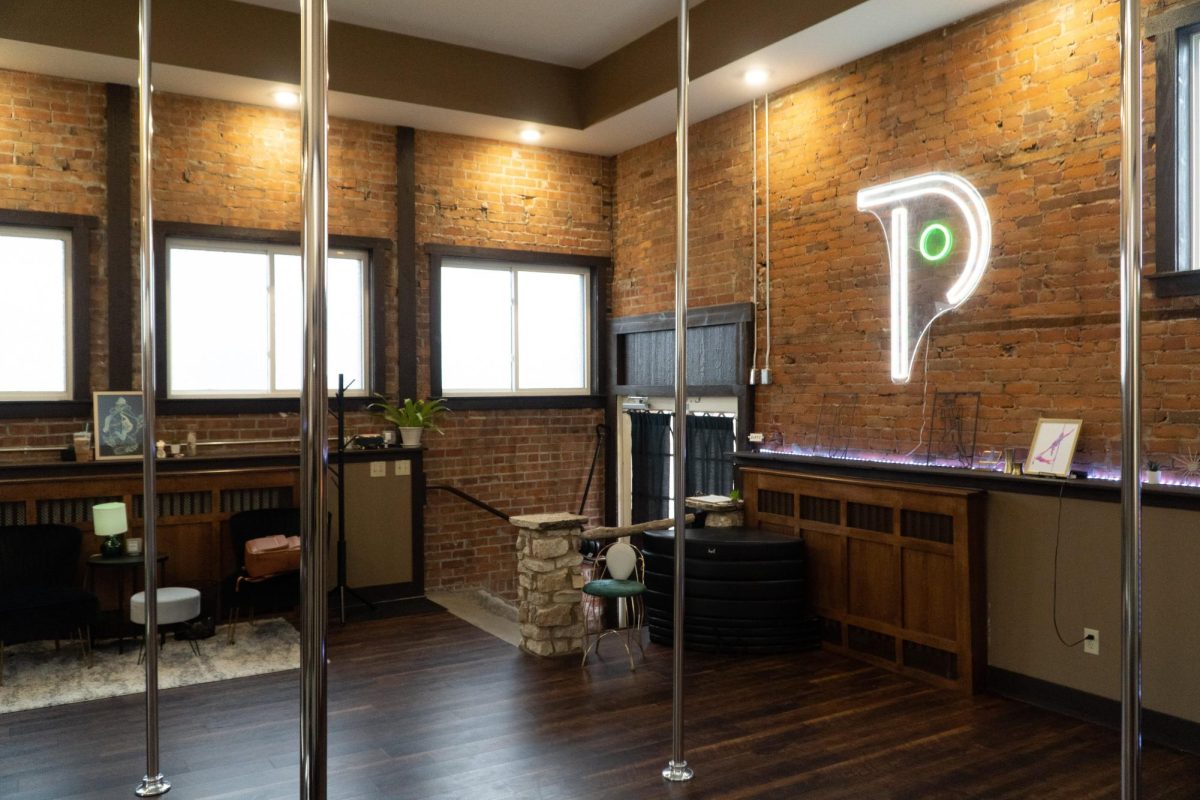Brent Quam/Winonan
Winona State University communication studies and counselor education students, under the guidance of counselor education instructor Dr. Dawnette Cigrand, have created a companion exhibit, “The Way Winona Works,” for the traveling Smithsonian exhibit, “The Way We Worked.”
The Smithsonian exhibit, on display at the Winona County History Center through Jan. 26, takes a look at the institution of work in America throughout the 20th century and into the 21st.
The supplements prepared by Winona State students, which can be seen scattered around the main exhibit, display information on “How We Describe Our Work” and “How Work Affects Life: Keeping the Balance,” to name a few.
Part of the purpose of the project and supplementary exhibit was to understand what industries and businesses are the cornerstones of Winona and how people feel about working in Winona.
A panel discussion on the findings of the students who participated in the project was held at 7 p.m. Jan. 15 at the history center.
The panel included three Winona State graduate students: Andrea Heinrich, Bethany Mota and Jessica Rudnik; and two Project FINE members: German Victoria, an interpreter, and Chong Sher Vang, program development director.
Project FINE, Focusing on Integrating Newcomers through Education, a local non-profit organization that works to help non-native speakers and other newcomers to the area with such basics as employment and interacting with government bureaus, collaborated with the Winona State students to interview locals for the project.
“57 people were interviewed for the project,” said Andrea Heinrich, “about a third of whom did not speak English.”
Jennifer Weaver, assistant director at the Winona Historical Society, chaired the discussion and introduced the panel members, kicking off the event with a video produced for the occasion by other members of the “Winona Works” Project who were unable to attend, as Weaver said, “because they’ve all graduated.”
The video highlighted Winona businesses past and present that have become fixtures in Winona, including its lumber industry, Watkins and Fastenal.
Workers and owners were also interviewed for the video, all of whom were enthusiastic about their work in Winona. One local man, who works at Lakeview Drive-Inn, said “Our menu has expanded from a single laminated sheet to six pages of deliciousness.”
The video also featured footage and stills of familiar places around Winona, from Sugar Loaf to Main Street.
During the discussion following the short video, Chong Sher Vang expressed optimism over the future of Winona’s growing Hmong population.
“Hmong are here to stay and pleased to make a contribution to Winona,” Vang said.
He was also pleased with the positive response the group met with from other groups. “I was surprised that no matter the ethnic group we spoke with, everyone had the same goals.”
Other panel members seemed to share Vang’s optimism and belief that Winonans are proud to be members of Winona’s workforce. Bethany Mota said, “Work isn’t just work for people in Winona.”
Leslie Hittner, a local charter school administrator who attended the event, spoke up when the discussion turned towards the growing role of technology in the workplace. “We have volumes and volumes of data now,” Hittner said. “It will be the task of modern instructors to prepare students to disseminate and organize that data.”
Bill Kuhl, Information Systems Coordinator for the City of Winona, was amazed by how much more could be accomplished in less time, and with fewer resources. “We can do so much with fewer employees, now,” Kuhl said.
The “Winona Works” video plays on a loop on screens surrounding “The Way We Worked” exhibit.
Contact Brent at [email protected]











































